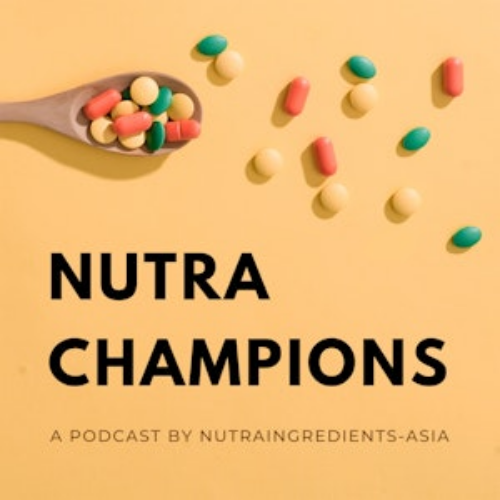Philippines to replace 33-year-old vitamins and minerals regulation, maximum daily limits set

It has also set maximum levels of vitamins and minerals in both foods and dietary supplements.
The new regulation is pending the outcome of a recent public consultation.
Known as the “Guidelines for the Classification of Vitamins and Minerals for Food/Dietary Supplements under Processed Food Product”, the new framework will replace the existing “Guidelines for the Classification of Vitamins and Minerals as Drug or as Food” set in 1991.
Once enforced, the new framework will cover all local and imported food or dietary supplements intended to be manufactured, used, imported, distributed and offered for sale in Philippines, the Food and Drug Administration (FDA) Philippines announced.
The new guidelines have set maximum levels for a total of 26 vitamins and minerals.
For example, the daily maximum level for vitamin C is 1,000mg, vitamin D at 25mcg, folic acid at 0.9mg or 1,500mcg dietary folate equivalents, calcium at 1,200mg, iron and zinc at 15mg each, and vitamin K at 120mcg.
It also noted that the form of vitamin K used shall only be vitamin K1 and / or vitamin K2, with intended use in the form of multivitamin or minerals for adults, and not as a single ingredient product.
The caution statement “Consult a health care practitioner prior to use if you are on anticoagulant therapy or taking blood thinners such as warfarin” shall also be reflected on the label.
For vitamins and minerals with no maximum daily limits set by the FDA, and have no established hazards at high intakes, the FDA said that companies would need to submit scientific data on their maximum intake levels.
All vitamin and mineral products will also need to warn consumers not to exceed the maximum limit on the label.
Under the existing arrangement, vitamins and minerals classified as drug could have a strength or concentration per dosage form of more than 105 per cent of recommended dietary allowance (RDA) if they are fat soluble, and more than 150 per cent of RDA if they are water soluble.
If they are classified as food supplements, the strength or concentration per dosage form should be less than 105 per cent of RDA for fat soluble vitamins, and less than 150 per cent of RDA for water soluble ones.
The new guidelines were drafted based on CODEX, and regional policies as seen in South East Asia, Europe, and the US, the FDA said.
“The FDA issued Office Order No. 22 s. 1991 on 18 October 1991 that sets the limit for vitamins and minerals to be classified as food supplements.
“After thorough review and evaluation, and to keep pace with the advances in energy and nutrient requirements, the FDA shall use the different international references in setting the limits of vitamins and minerals such as Association of Southeast Asian Nations (ASEAN), Codex Alimentarius Commission, Food and Agriculture Organization/World Health Organization (FAO/WHO), European Food Safety Authority (EFSA), USFDA, among others,” it explained.
The FDA hopes to ensure that manufacturers use safe levels of vitamins and minerals in their products by setting the maximum daily levels.
In addition, it said that vitamins and minerals classified as food or dietary supplements shall be in the form of capsules, tablets, liquids, gels, powders, or pill and shall not be in parenteral forms, sublingual, and other methods not taken directly into the mouth.
Proposed transition period
A transition period will be put in place to help manufacturers reformulate their products, the FDA said.
For companies whose Certificates of Product Registration (CPRs) is expiring within five years once the guidelines are introduced, they would need to submit their reformulations before their existing CPRs expire.
For those whose CPRs are expiring in less than a year, the FDA will renew their existing CPRs for a maximum of two years to allow them time to reformulate and submit registrations for their reformulated products.



















